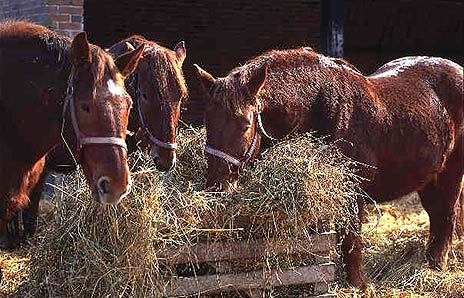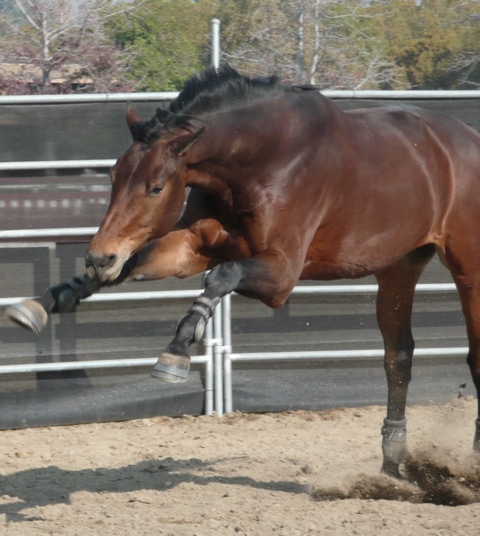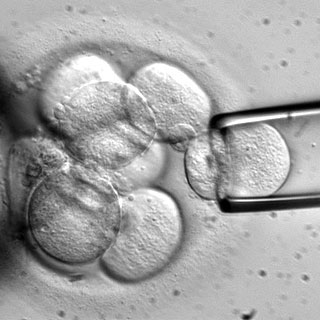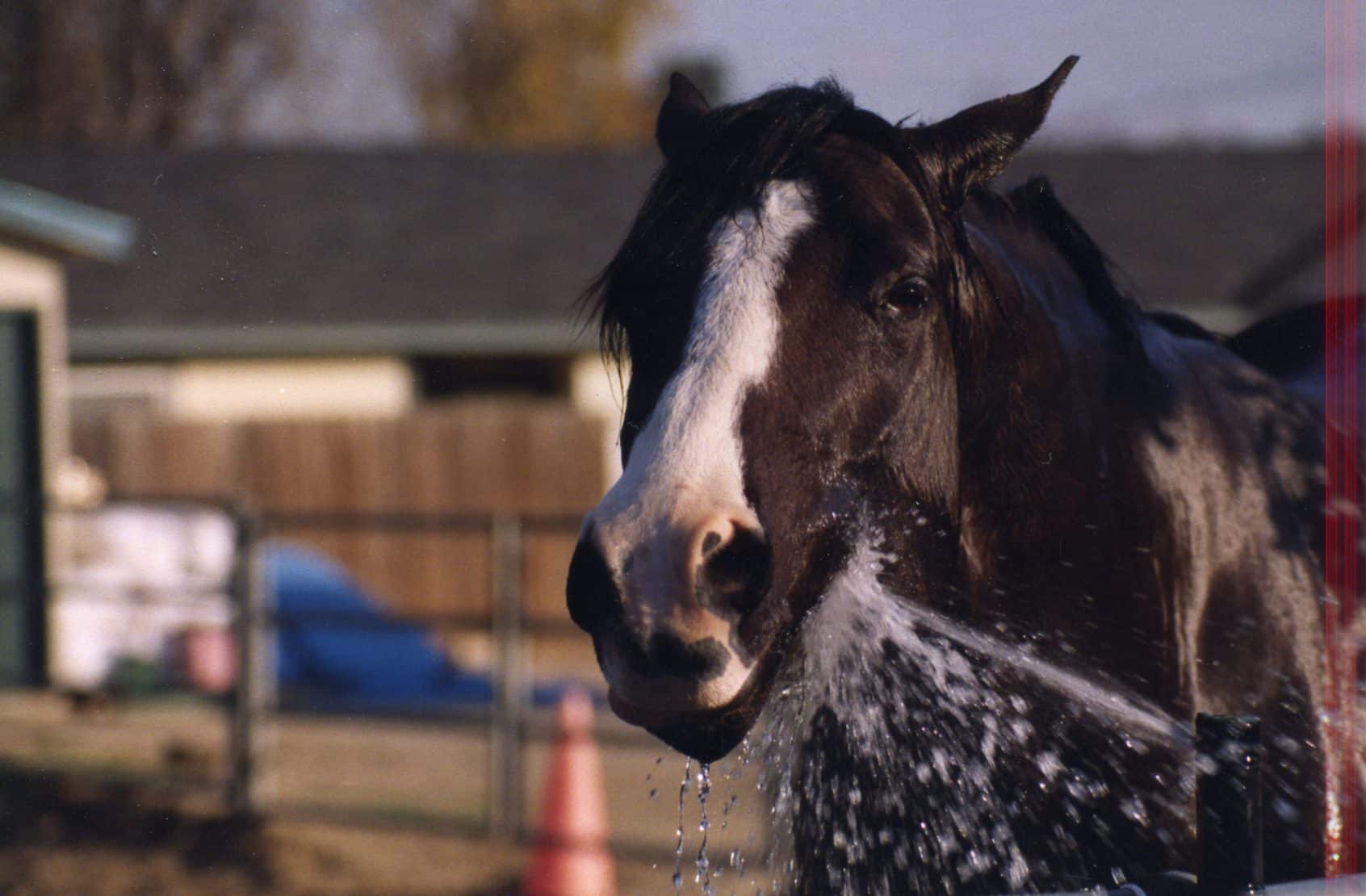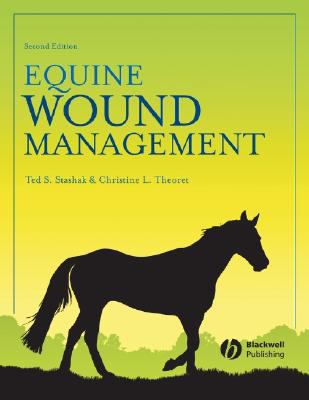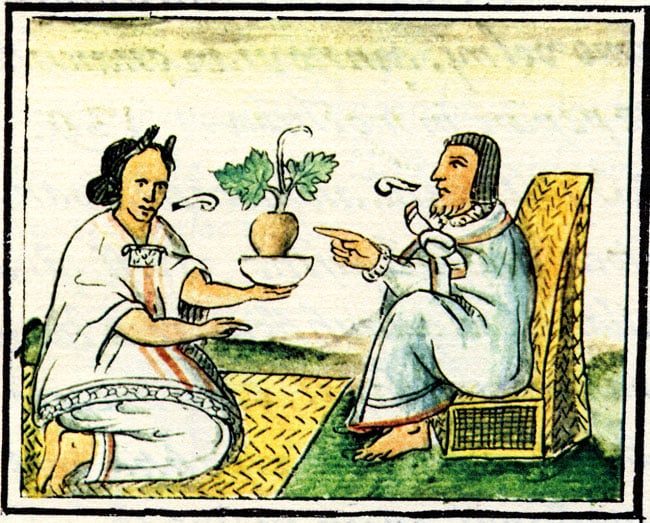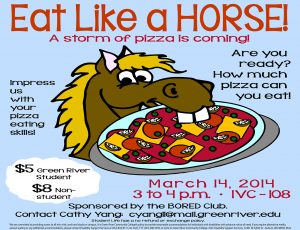 Someone came up with the phrase, “Eating like a horse,” for a reason. In the wild, horses eat rather poor-quality feed essentially ‘round the clock. A 1000-pound horse will ingest something along the lines of 15 – 20 pounds of food every day as a minimum, and will produce around 30 pounds of manure on the other end (they’re a lawn mower on one end, and a fertilizer on the other). But… sometimes, they just won’t eat.
Someone came up with the phrase, “Eating like a horse,” for a reason. In the wild, horses eat rather poor-quality feed essentially ‘round the clock. A 1000-pound horse will ingest something along the lines of 15 – 20 pounds of food every day as a minimum, and will produce around 30 pounds of manure on the other end (they’re a lawn mower on one end, and a fertilizer on the other). But… sometimes, they just won’t eat.
One reason that a horse won’t eat is because there’s something wrong with it: a colic or a cold. Maybe his teeth need some attention. If you think your horse has something wrong with it, check him out (e.g., take his temperature) and call your veterinarian. This article is not about those horses.
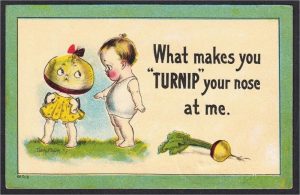 This article is about the horses that turn their noses up at what they’re being offered even though there’s nothing at all wrong with them and what they’re being offered is delicious and nutritious. The picky eaters. The persnickety eaters. The fussy ones. The choosy ones. The ones you can easily start hating if you’re not careful. Let’s talk about some of the reasons that otherwise healthy horses may not eat, and about some of the things that you can try to do about it.
This article is about the horses that turn their noses up at what they’re being offered even though there’s nothing at all wrong with them and what they’re being offered is delicious and nutritious. The picky eaters. The persnickety eaters. The fussy ones. The choosy ones. The ones you can easily start hating if you’re not careful. Let’s talk about some of the reasons that otherwise healthy horses may not eat, and about some of the things that you can try to do about it.
WHAT’S IN THE FEED?
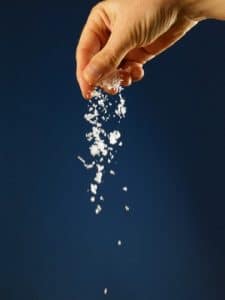 Horses have rather simple tastes. So, the more you muck things up by putting weird flavors into their feed, the more they tend not to like it.
Horses have rather simple tastes. So, the more you muck things up by putting weird flavors into their feed, the more they tend not to like it.
Many medications are off-putting to the horse’s delicate sensibilities. For example, phenylbutazone is really bitter, and many horses won’t eat it even if you try to disguise it. Ditto with just about other medication that you can think of. You may think you can get around this problem by giving horses medicated pastes, but, over time, some of those (e.g. oral non-steroidal anti-inflammatory drugs) can cause mouth ulcers. In addition, some medications, e.g., pergolide in older horses with Cushing’s Disease can depress the horse’s appetite on their own. It’s always something, isn’t it?
But it’s not just medications that will make a horse turn up his nose at an otherwise mouth-watering bit of feed. Salts can really put a horse off his feed. Some people add salt to a horse’s feed in an effort to get them to drink water – some of those horses then won’t want to eat OR drink as much as you’d like. This can also be a problem in endurance horses, who often get added salt (electrolytes) in their diet, whether they need them or not. And, in addition to all of the other things that I don’t like about most of them, supplements can also make horses into picky eaters. Ditto herbal preparations.
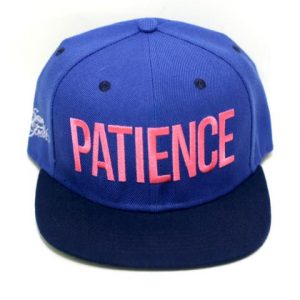 The point is, if you’re horse isn’t eating well, and you’re putting a lot of stuff in his feed, try the feed without all the stuff. See where it goes from there.
The point is, if you’re horse isn’t eating well, and you’re putting a lot of stuff in his feed, try the feed without all the stuff. See where it goes from there.
Oh, one other thing, it may just take your horse time to get used to something new that’s been put in his feed? How long? Well… it may take up to a week. If you’re going to own horses, a patience hat is an essential piece of equipment.
WHAT ABOUT THE FEED?
Changes – Horses are creatures of habit. So, if your horse has recently had a feed change, it might be that he’s a bit put off by the taste of the new feed. One way around that problem is to mix new feed with old feed over the course of a week; that helps ease horses into the new taste.
Too much grain – Horses love grain. Kids love candy. I little bit is OK but too much is bad, and neither grain nor candy is all that good for either one. Too much grain causes the horse’s gut to get very acidic. Think of a term like “sour stomach;” when the guts don’t feel good, the horse won’t want to eat. If you have to feed grain to a horse (for extra calories), don’t feed more than 5 pounds per day and don’t feed more that 2.5 pounds for feeding. But try not to feed it at all. Most horses don’t need it anyway.
ALONE OR TOGETHER?
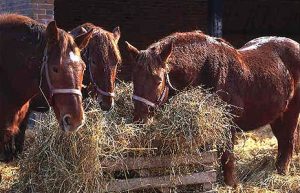 Horses are social creatures, of course. They live in herds and they love hanging out with each other. To a point. Horses also develop social hierarchies, and this can lead to some horses bullying other horses: young horses beating up on older horses, or bigger horses dominating smaller ones.
Horses are social creatures, of course. They live in herds and they love hanging out with each other. To a point. Horses also develop social hierarchies, and this can lead to some horses bullying other horses: young horses beating up on older horses, or bigger horses dominating smaller ones.
You’d think that there would be an easy around this problem, but remember, these are horses. Sometimes, if you feed a horse by himself, in hopes of keeping him from getting beaten up, he won’t eat because he’s gets depressed about being away from his mates. Or, sometimes, if you let the horse hang out with his mates, his mates won’t let him eat (although the bullied horses don’t seem to hold grudges). The point is that the way that horses are housed can definitely affect the way that individual horses eat, so keep your eyes open.
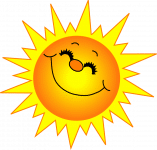 HARD WORK AND HOT WEATHER
HARD WORK AND HOT WEATHER
Hot weather can certainly depress a horse’s appetite. So can hard work. Under such circumstances, you can try feeding your horse multiple small meals (which is actually a pretty good idea for any horse). Cooling the horse’s stall with a fan can certainly help when it’s hot, and breaking work into shorter, more frequent sessions might help a bit, too.
TASTY FOODS
Like people, horses have food preferences, too. If your horse isn’t eating as well as you think he should eat, try some things that he’s likely to want to eat.
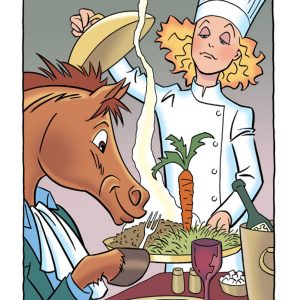 Fresh grass. Number one on the equine favorite foods list is fresh grass. It’s low in fiber, high in moisture, and yummy. Of course, in unlimited quantities fresh grass is not without its own problems, particularly obesity and laminitis. But if you’re looking for a tasty food to stimulate a horse’s appetite, short grazing opportunities are likely to be well-received.
Fresh grass. Number one on the equine favorite foods list is fresh grass. It’s low in fiber, high in moisture, and yummy. Of course, in unlimited quantities fresh grass is not without its own problems, particularly obesity and laminitis. But if you’re looking for a tasty food to stimulate a horse’s appetite, short grazing opportunities are likely to be well-received.- Alfalfa hay. Horses generally love alfalfa, especially if it’s green and leafy. The dusty, stemmy stuff won’t do (and you shouldn’t feed it). Of course, alfalfa hay is also the hay that has the most calories, so don’t overdo it.
- Wheat bran. Bran tends to be palatable. It’s often fed mixed with water, which horses like, too. Other than that, bran doesn’t offer much in the way of nutritional benefits (and it doesn’t prevent colic), but as something to inspire a horse to eat, it’s certainly worth a try.
- Oats and sweet feed. While these sorts of feeds shouldn’t be fed in large amounts, horses do like them. To stimulate a horse’s appetite, they can certainly be helpful.
- Beet pulp-containing complete feeds. There are a bunch of these on the market, many of which are marketed as “Senior” feeds. They often have alfalfa and sweeteners in them, too. They can be expensive if they’re the only feed that a horse gets, but as a treat, or as something to inspire the horse to eat like, well, a horse, they can help, too.
FLAVOR ENHANCERS
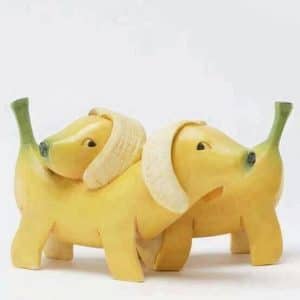 Flavor enhancers might pep up the taste of food, but they can also be used to hide medications. The list is pretty much endless. But it’s also a subject that’s been researched. Take a guess at what the #1 flavor preference is.
Flavor enhancers might pep up the taste of food, but they can also be used to hide medications. The list is pretty much endless. But it’s also a subject that’s been researched. Take a guess at what the #1 flavor preference is.
Banana. I am not making this up.
Of course, you don’t have to load up on bananas for your horse.* They also love just about anything carrot-flavored, they tend to like sweet stuff (e.g., molassess), but they also seem to like some things you might not immediately think about, like fenugreek and anise. I cannot recommend feeding horses some of the other things that I’ve seen horses eat, like hot dogs. And pizza.
HOW LONG CAN A HORSE NOT EAT BEFORE YOU HAVE TO WORRY?
I probably should have started with this, but normal horses can go up to 72 hours without anything at all before you need to start worrying about any adverse health effects.
The bottom line is that if you give your horse a little time, you make changes gradually, and you don’t put too much stuff in your horse’s feed, eating is something that your horse is going to want to do. If not, make sure he’s OK first, and then see what works!
****************************************************************************************************************************************
* If you have loaded up on bananas for your horse, and he won’t eat them, and you don’t know what to do with them, CLICK HERE for an easy banana bread recipe. Always err on the side of using more banana. And you think this is just a horse blog…

